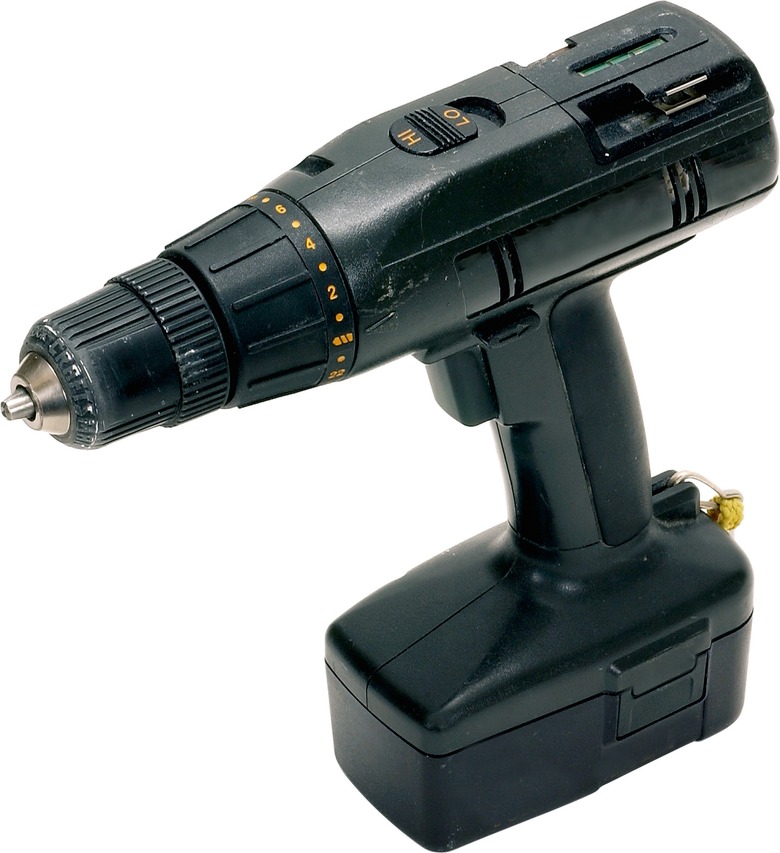The Best Way To Clean Iron Buildup From Galvanized Water Pipes
When water isn't running as well as expected in your home, check if a buildup of iron in your galvanized water pipes is slowing the flow. Water pipes commonly fill up with mineral deposits, especially in cities that have large water mains. You can clean out the iron buildup with a chemical solution, which might weaken the piping, or you might clear the buildup using an electric drill.
Locate Pipes
Locate Pipes
Locate the proper lines so you don't tap into a gas line, which could prove fatal. Galvanized water lines are gray and generally don't have paint on them. If you suspect a galvanized water pipe has been painted, scratch off the paint to determine what color the pipe is. You'll find threads on the end of the pipe where it enters the fitting. The outside diameter of the galvanized pipe is generally 7/8 of an inch.
Water Softeners, Vinegar and Chemicals
Water Softeners, Vinegar and Chemicals
Clean buildup from galvanized water pipes with water softeners, but remember water softeners contain salt, which corrodes galvanized piping. Soaking the galvanized water pipes in vinegar is another solution to iron buildup. Be careful when unscrewing galvanized piping, because the old threaded joints tend to rust through and can break. Chemicals such as sodium hydroxide and sodium carbonate work effectively as iron-buildup removers, but are not good long-time solutions because they cause corrosion in the piping itself.
Electric Drill Method
Electric Drill Method
Remove exterior faucets to reach into galvanized water pipes with an electric drill and a drill bit extension. If possible, keep a gentle stream of water running through the piping to lubricate the sediment as you carefully use the drill bit to chip it off. If necessary, carefully remove the water pipes and hold them in a clamp while drilling, so they don't rotate as you chip off the iron buildup. Use a screwdriver to remove iron buildup from T connectors and elbows. Put the galvanized water pipes back together and flush the lines. If the sediment creates a clog, try hammering it gently from the outside of the pipe until the clog breaks up and can be flushed away.
